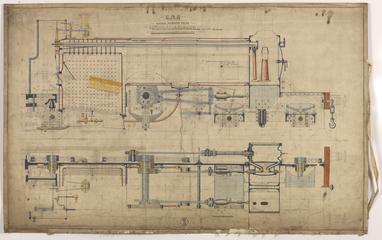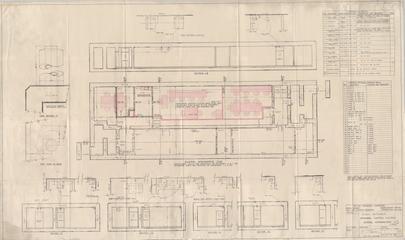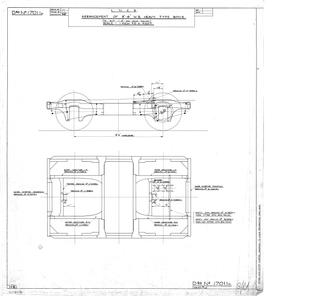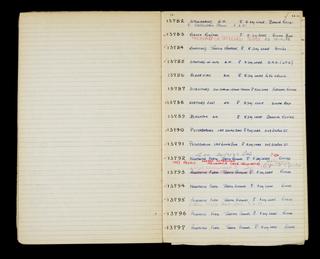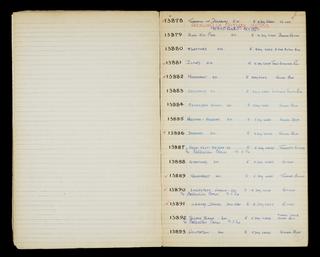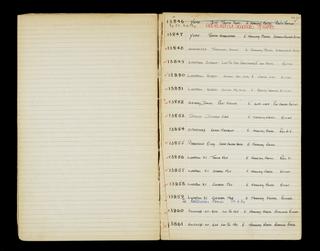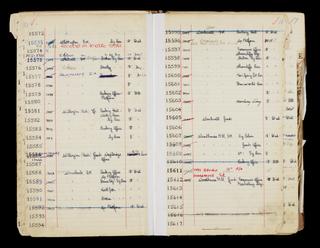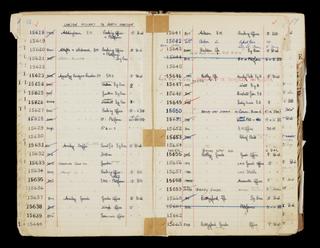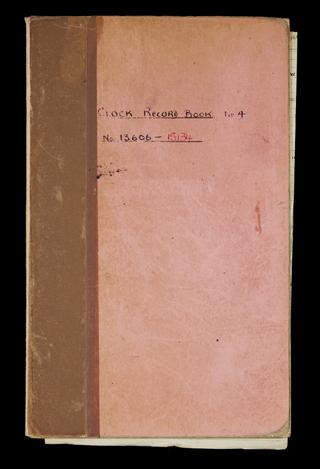
London & North Eastern Railway Co
The London and North Eastern Railway (LNER) was one of the four railway companies that were formed in 1923 due to the amalgamation of 1921. During the First World War the government had taken control of the railways for the purpose of the war effort. After the war ended it was decided that the railway companies could not competitively return to their prior state, and so the decision was made to combine the 120 existing railway companies into four companies, which became known as ‘the big four’. Smaller railway companies were merged together to form LNER, these previous companies consisted of; Great Central Railway, Great Eastern Railway, Great Northern Railway, Great North of Scotland Railway, Hull and Barnsley Railway, North British Railway and the North Eastern Railway. LNER was the second largest company of the ‘Big Four’ in terms of route miles (total route mileage amounted to 6700) and became famous for its prestigious high speed trains, including the Flying Scotsman and the Mallard, which reached speeds of 126mph (breaking the world record for steam).
William Whitelaw, who was a public figure in Scotland, was appointed the first chairman of LNER operating mainly from the London headquarters. The management of LNER was decentralised as much as possible and one of Whitelaw’s main responsibilities became scrutinising proposals of expenditure, due to the shortage of investments. It was decided that the head of management should be Sir Lewis Wedgewood and it was under his management that three main headquarters should be created to best oversee the company. These areas were; Southern, North-Eastern, with offices being situated in York, and Scotland, which was then divided into Northern and Southern Scotland. By 1928 organisation in LNER had stabilised with the chairman being based in Marylebone, Chief General Manager being based in Kings Cross and the Southern headquarters being based in Liverpool.
Sir Nigel Gresley became the first Chief Mechanical Engineer of the company. Each of the big four had a Chief Mechanical and Electrical Engineering department which was formed in 1923 with the creation of each company and after nationalisation in 1948, one CM&EE department was created. Gresley became very influential in the company, not only due to his designs of the Flying Scotsman and the Mallard, but also his Pacific designs and long-distance locomotives with the ability to overcome difficult operating conditions. Gresley died in office in 1941 and was succeeded by Edward Thompson, who remained CME until 1946. Arthur Peppercorn, a student of Gresley’s, succeeded Thompson but remained CME for just 18 months, as nationalisation cut short his career.
After the Second World War all four railway companies were in financial trouble. The growth of road transport and the effects of the war had meant that each company was in need of severe maintenance work (LMS calculated it would have to spend £40 million on maintenance). Investors of the railways were also at a loss, the LNER’s investors had received no dividend since 1941. With the arrival of a new labour government in 1945, the decision to nationalise all public transport was put forward and in 1948 the ‘Big Four’ were replaced with the British Transport Commission, which separated LNER into Eastern and North Eastern Regions, as well as surrendering the Scottish territory.
